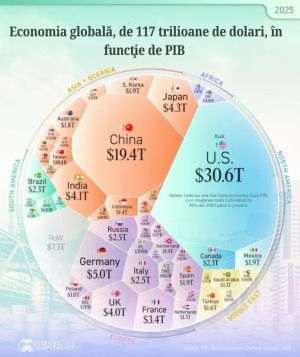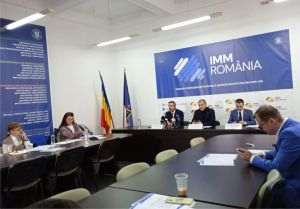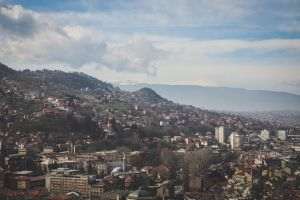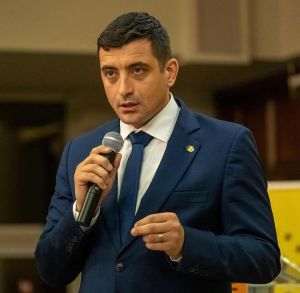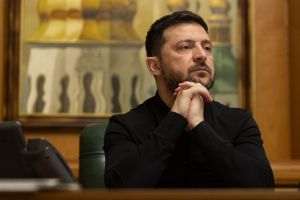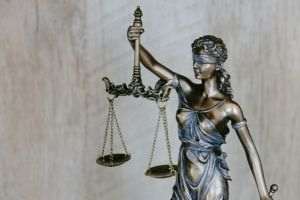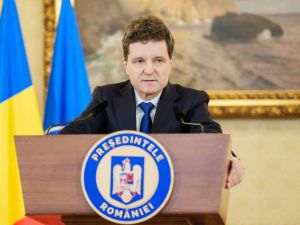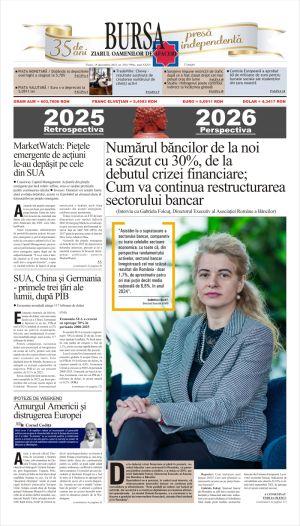"At this time, the public image of Călin Georgescu is a collective construct fueled by the mass of citizens - he is a virtual, animated being".
This seemingly paradoxical statement is the key to understanding the Georgescu phenomenon. Unlike other politicians who assert themselves through a clear program, through administrative experience or through demonstrated performance, Călin Georgescu operates on the basis of a different mechanism: it is not his reality that matters, but the collective perception that constructs him.
In other words, Georgescu is not just a man, but has become a symbol. A symbol that no longer belongs to him, but to those who support him.
• How is a "virtual, animated being" born?
The Georgescu phenomenon can be explained by a combination of psychological, sociological and political factors:
1. Projection of collective hope - The population frustrated by the corruption, incompetence and stagnation of the political system is looking for an "outsider", a "clean" leader. Georgescu seems to fulfill this role not by what he has done, but by what people try to see in him.
2. Halo effect - His supporters attribute to Georgescu qualities that he has not demonstrated. He is perceived as a "patriot", "savior", "visionary", even if these labels are not based on concrete facts, but on a speech calibrated to reach collective emotions.
3. Distance from reality - Unlike active politicians, who have to make decisions that can be criticized, Georgescu has the advantage of not having been tested in any major administrative role. The lack of his own governance means that there are no tangible failures to drag him down.
• Georgescu1 vs. Georgescu2: The real and the virtual candidate
This mechanism creates a double political identity:
- Georgescu1 - the real man, with verbal tics, with questionable ideas, with moments of inconsistency.
- Georgescu2 - the collective image, animated by popular desires and aspirations, an avatar of national frustrations and the need for change.
No attack on Georgescu1 affects the perception of Georgescu2. Even if the first is criticized, dismantled or ironized, the second remains intact, being a psychological construction of the masses.
• Who else can compete with a virtual candidate?
The problem with this collective construction is that it is almost impossible to combat with traditional means. An ordinary politician can be attacked by revelations, by exposing mistakes, by dismantling his program. But a virtualized symbol, living in the collective mind of voters, is much more resistant to any kind of rational attacks.
• Conclusion: Reality vs. Political Illusion
Călin Georgescu, as perceived by the public, is not a person, but a living idea. And this type of candidate is extremely dangerous for his political opponents, who are forced to fight not with a man, but with a collective projection.
History has shown us that this strategy can produce surprise leaders, but also that, sooner or later, reality clashes with the illusion. Călin Georgescu will truly become a leader only when he is forced to leave the mythological zone and enter the arena of concrete facts. Until then, his image remains a collective creation, a political dream fueled by the frustrations of a society that no longer believes in its traditional leaders.


